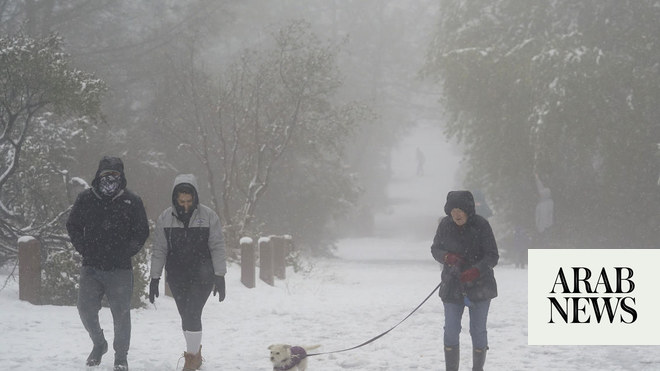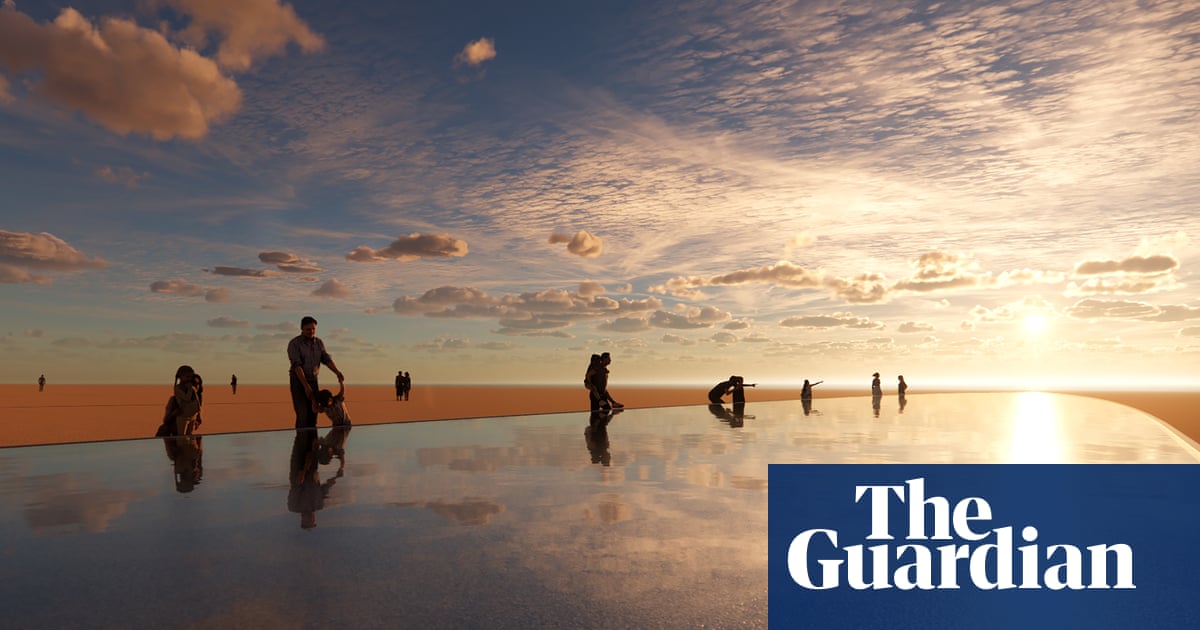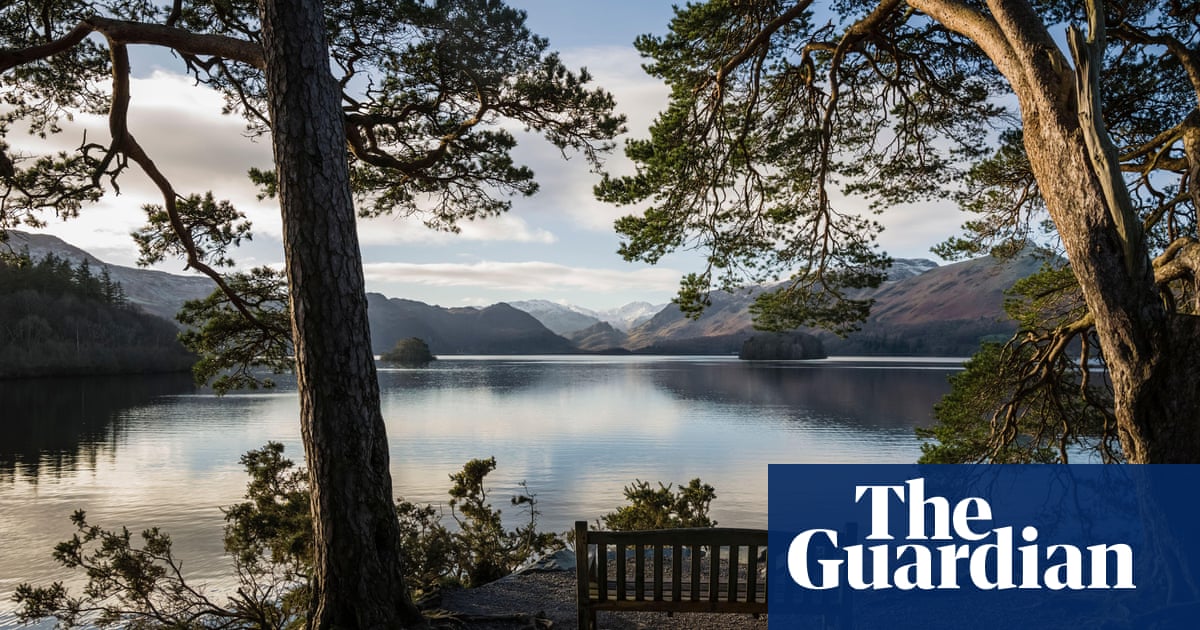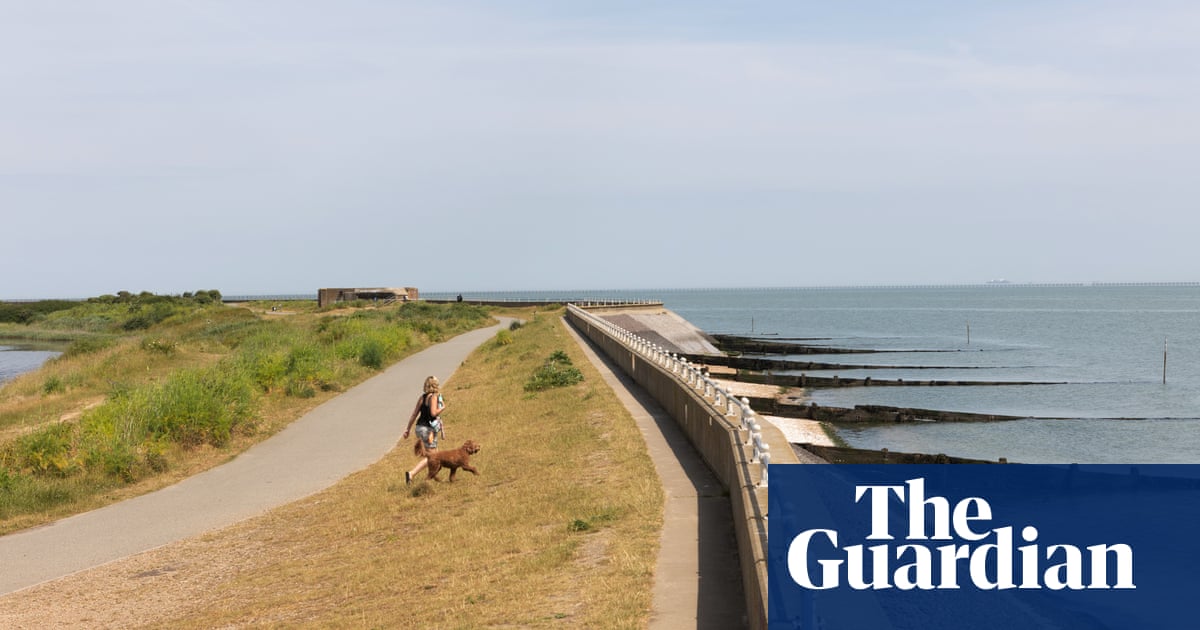
The news that the much-loved Coast to Coast path is finally to become an official national trail – which brings extra funding of £5.6m from Natural England – should not be surprising. For some time it has been one of England’s most popular and iconic walks. The only surprising thing is how long the designation has taken.
It was in 1973 that Alfred Wainwright extended his range from the Lake District by describing this 192-mile walk, which starts on the west coast at St Bees in Cumbria and ends in the east at Robin Hood’s Bay on the Yorkshire coast. There’s a handy book that you sign to show you’ve done it in the Bay Hotel and possibly a certificate. You can, of course, do it the other way around, but as Wainwright wisely pointed out, by going west to east you have the prevailing weather behind you.
He wanted a walk that gave a cross section of northern England, so you rise up to the Lake District from the Irish Sea, cross the Quaker landscape of the Howgills, go down one of the prettiest of the Yorkshire Dales and then have a final, triumphant crossing of the wild North York Moors. It’s a terrific route and manages to include the gorgeous spa town of Richmond along the way, for a bit of half-time refreshment and a break. It’s no wonder it quickly became a national favourite.
I can claim to know the walk as well as anyone, because I’ve taken it, quixotically, with a pack-mule, which meant my pace was relatively slow. Jethro, while a sturdy character, was not the fastest on the blocks, but this slow pace enabled me to study the terrain in greater detail.
I found that small market towns such as Kirkby Stephen in Cumbria have been transformed by the Coast to Coast, as it’s a natural stop-off point for the 6,000 or so walkers who take the route each year. These days the town has a Coast to Coast fish and chip shop, several outdoor walking shops and a bustling tourist information centre in the old cloisters. A lot of this is down to one person: by including Kirkby Stephen as a key stopping point, Wainwright put it on the map.
After the news broke about the new national trail status, I discussed it with Mark Peatfield, the owner of the Eden Outdoors walking gear shop in Kirkby Stephen.
Although there’s a plaque in honour of Wainwright in the main square, there’s no statue. Should this be rectified, I asked Mark.
“I was born in what is now the Coast to Coast fish and chip shop,” Mark said. “Fish and chips was Wainwright’s favourite dish. I remember him eating it. We wouldn’t get any visitors at all without him. These days – or at least after the pandemic – the hotels get a bucket-load of people staying right through the season.
“I always refer to the walkers as swallows. They start arriving in the spring, mass in the summer and then by autumn they’re leaving. It’s not just because of the cold. You need long days to manage the stages. By November, the light’s fading too early.”
According to Mark, the Coast to Coast has changed in character since Wainwright devised the route nearly 50 years ago.
“It used to be just British people who walked it, the sort of people who used his guides in the Lake District and then followed through with this. But now it’s international. More than half the people who come through are from overseas, mainly Americans and Australians. And international travellers often want their kit carried for them – who wouldn’t? – so ‘Sherpa services’ have grown up to drive their luggage round to the next destination. That’s been a change. In the old days, everyone carried it themselves in too big a rucksack.”
Mark welcomes the new funding to help “rationalise” the route, particularly through tricky sections like the area around Nine Standards Rigg on Hartley Fell, near Kirkby, which is notorious for its bogs.
“A fellow got sunk in there a few years ago. Rescue team had to get him out. He was carrying a big pack. Went down to his waist. Got sucked right in and couldn’t get back out again. He came into the shop later and told me the story, or I wouldn’t have believed it. Apparently, he was stuck for over an hour before the rescue team arrived. And his girlfriend took pictures of him stuck in the bog while they were waiting.”
When I took Jethro along that section of the Coast to Coast (or, to use an abbreviation I dislike, the C2C), carefully avoiding potential mule-trap bogs, I was surprised how little cared for it was. And, for that matter, under-signposted. I met many walkers who had got lost, particularly in bad weather.
Jethro and I made it safely through to Robin Hood’s Bay. They even gave Jethro his own certificate. But a BBC television crew once ran into trouble crossing the wild section into the Yorkshire Dales; Amanda Owen, the redoubtable Yorkshire Shepherdess, had to go out to rescue them, as she lives nearby in one of the route’s most remote farms.
The new national trail status should only improve matters. Yet oddly, Wainwright himself might not have been pleased. He often took the paradoxical position – like Wordsworth – that while he might write about wild places like the Lakes, he didn’t necessarily want his books to attract visitors. And for those walking snobs who feel that, well, the Coast to Coast is becoming too well-trodden, there’s always Wainwright’s far less known Pennine Journey route to explore.












